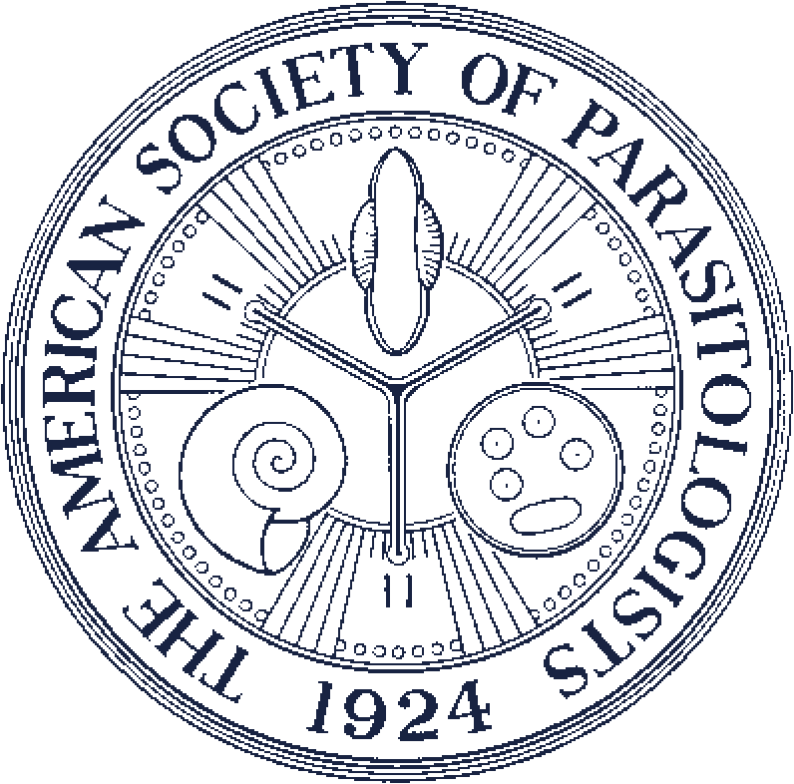Centrocestus formosanus (Heterophyidae): Human Infections and the Infection Source in Lao PDR
In Lao People's Democratic Republic (PDR), we detected 7 patients infected with Centrocestus formosanus (1–122 adult specimens) after praziquantel treatment and purgation, together with several other trematode species including Opisthorchis viverrini and Haplorchis taichui. The patients were all men, 23–42 yr-of-age. Three subjects were from Vientiane Municipality and 1 each were from Khammouane, Saravane, Champassak, and Xiengkhouang Province. The patients had frequently eaten raw freshwater fish and were experiencing variable degrees of epigastric pain and indigestion accompanied by occasional diarrhea, although the relationship of these symptoms with C. formosanus infection was unclear. Centrocestus formosanus specimens were ovoid, 0.46 mm (0.41–0.52 mm) long, and 0.18 mm (0.16–0.20 mm) wide (n = 10) and were equipped with 32 circumoral spines on the oral sucker. The uterine eggs were 33.2 μm long (31.8–34.9 μm) and 18.5 μm wide (17.4–19.8 μm) (n = 20). Analysis of the nucleotide sequence of the 18S ribosomal RNA gene of our specimens (Laotian isolate) revealed 100% homology with that of an isolate from the United States reported in GenBank. Several species of freshwater fish collected from Xiengkhouang Province revealed a 17.0% prevalence (9 of 53 fish examined) for C. formosanus metacercariae. The results suggest that human C. formosanus infections have been masked by other trematode infections.Abstract:

Adult specimen of Centrocestus formosanus recovered from a person in Lao PDR. (A) An acetocarmine-stained specimen recovered from a person in Vientiane Municipality showing the oral sucker with circumoral spines, a submedian ovary, 2 parallel testes, extensively distributed vitellaria, and more than 10 uterine eggs. Scale bar = 0.03 mm. (B) Line drawing of the worm in (A) which shows the oral sucker with circumoral spines, ventral sucker, short ceca, seminal vesicle, and seminal receptacle. Scale bar = 0.03 mm.

Metacercariae of Centrocestus formosanus isolated from a freshwater fish purchased in Xiengkhouang Province, Lao PDR. (A) A metacercaria showing the oral and ventral suckers and the typical X-shaped excretory bladder. The circumoral spines are barely seen. Scale bar = 0.02 mm. (B) Another metacercaria bending within the cyst showing the reversed X-shaped excretory bladder. The circumoral spines are better recognizable. Scale bar = 0.02 mm.
Contributor Notes
These authors contributed equally to this article.
